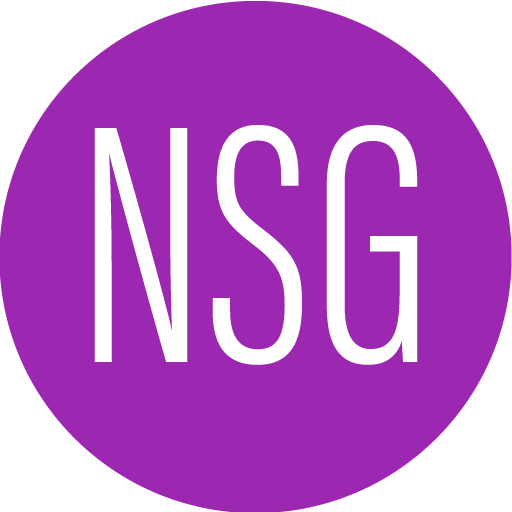Exploring Alzheimer’s Treatments Rivastigmine and Galantamine
Rivastigmine: A Comprehensive Overview
Rivastigmine stands as a versatile option in the treatment arsenal against Alzheimer’s disease, particularly in its mild to moderate stages. This medication is distinctively available in various forms to accommodate patient preferences and medical requirements, including capsules, liquid solutions, and transdermal patches. The flexibility in its administration methods allows for tailored treatment approaches, enhancing patient compliance and comfort.
The transdermal patch version of rivastigmine is noteworthy for its innovative approach to drug delivery. By allowing the medication to be absorbed through the skin, it offers a steady release of the drug into the bloodstream, potentially minimizing the occurrence of gastrointestinal side effects—a common concern with oral medications. This feature makes the patch an appealing option for patients who may experience nausea, vomiting, or diarrhea from oral forms of the medication.
Galantamine: Delving into Its Origins and Use
Galantamine, another key player in the management of mild to moderate Alzheimer’s disease, boasts a unique origin that underscores the intersection of nature and medicine. Derived from the bulbs of specific flowers, this medication highlights the potential of natural resources in developing therapeutic agents. Approved for use in the earlier stages of Alzheimer’s, galantamine is designed to support cognitive function and slow the progression of symptoms associated with the disease.
Administered orally, galantamine is available in both tablet and liquid forms, offering flexibility and ease of use for patients and caregivers. This adaptability ensures that the medication can be integrated seamlessly into daily routines, contributing to consistent treatment adherence. The choice between tablet and liquid form allows for accommodation of individual patient needs, including swallowing difficulties or preference for a liquid medication.
Both rivastigmine and galantamine represent significant strides in the ongoing effort to provide effective, patient-friendly treatment options for Alzheimer’s disease. By offering various forms of administration and deriving medications from natural sources, these treatments reflect the evolving landscape of Alzheimer’s therapy, where patient comfort and preference are increasingly prioritized alongside efficacy in managing this challenging condition.
At their most effective, these medications only slightly halt the progression of Alzheimer’s, with no cure currently in sight. Pharmaceutical research is actively exploring over 100 potential drugs.
Keywords: Alzheimer, Rivastigmine, Galantamine, Cognex, Tacrine, neurological, medication, treatment, cholinesterase inhibitors, brain, dementia, Memory loss, cognitive impairment, nervous system, memory, cognitive functions, progressive, symptoms, aging, Alzheimer’s disease, drug interaction, side effects, clinical trials, Alzheimer drugs, cellular interaction, brain health, neurodegenerative diseases, acetylcholinesterase, cognitive functions, neurons, brain cells.
Hashtags: #Alzheimer #Rivastigmine #Galantamine #Cognex #Tacrine #neurological #medication #treatment #cholinesteraseinhibitors #brain #dementia #Memoryloss #cognitiveimpairment #nervoussystem #memory #cognitivefunctions #progressive #symptoms #aging #Alzheimersdisease #druginteraction #sideeffects #clinicaltrials #Alzheimerdrugs #cellularinteraction #brainhealth #neurodegenerativediseases #acetylcholinesterase #neurons #braincells
web site https://drmustafaakgun.com













![We lost our son to the opioid epidemic, now the South is facing a fentanyl crisis: Op-ed [Video]](https://neurosupportgiving.com/wp-content/uploads/2024/07/mp_239058_0_ZBNCGQE2INFTVP4AL5WKXXMOY4JPG.jpg)
![George Stephanopoulos Grills Biden Over Reports of Cognitive Decline: Are You the Same Man Today That You Were When You Took Office? [Video]](https://neurosupportgiving.com/wp-content/uploads/2024/07/mp_239301_0_GeorgeStephanopoulosscaledjpg.jpg)



